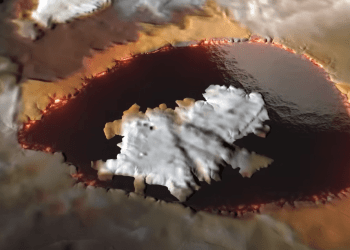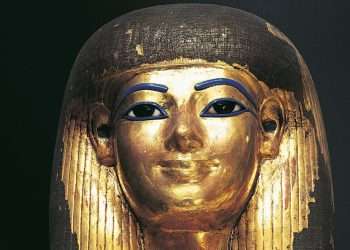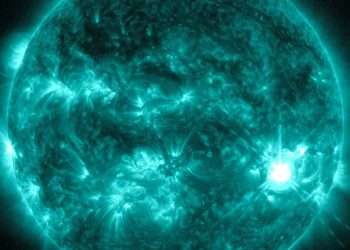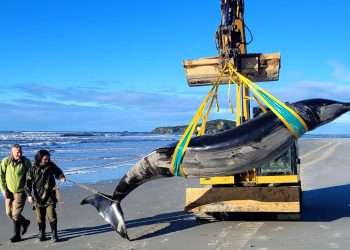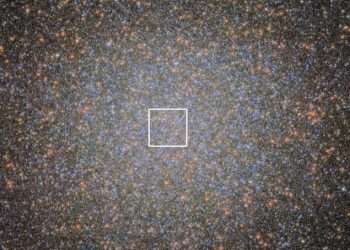TWO Asteroids are set to zip past Earth this week – and one is a big beast.
Both will make a “close approach” but experts stress that they will be within a safe distance, so there’s nothing to worry about.

One of the asteroids will come closer than the Moon (image not of asteroid in question)[/caption]

The bigger of the two – officially known as (415029) 2011 UL21 – is larger than 99 per cent of near-Earth asteroids currently known to astronomers.
It measures about 1.3 miles long and is set to come closest to Earth at 21:14 BST / 16:14 ET on June 27.
At its nearest point to Earth it’ll be more than 17 times as far away as the Moon.
“This asteroid’s orbit around the Sun is steeply inclined, which is unusual for such a large object,” the European Space Agency (ESA) explains.
“Most large objects in the Solar System, including planets and asteroids, orbit the Sun in or close to the equatorial plane.
“This could be the result of gravitational interactions with a large planet like Jupiter.
“Jupiter can deflect previously safe asteroids inwards towards Earth, so understanding this process is important.”
A smaller asteroid called 2024 MK will follow suit on June 29 but it’ll come much closer to Earth.
It’ll fly past at about 75 percent of the distance between Earth and the Moon.
The asteroid poses no danger but it was only spotted a few days ago, which ESA says highlights the need for better detection technology in case a serious one surprises us in future.
“There is no risk of 2024 MK impacting Earth,” the organisation writes.
“However, an asteroid this size would cause considerable damage if it did, so its discovery just one week before it flies past our planet highlights the ongoing need to improve our ability to detect and monitor potentially hazardous near-Earth objects (NEOs).”

ESA says better detection technology is needed[/caption]
What's the difference between an asteroid, meteor and comet?
- Asteroid: An asteroid is a small rocky body that orbits the Sun. Most are found in the asteroid belt (between Mars and Jupiter) but they can be found anywhere (including in a path that can impact Earth)
- Meteoroid: When two asteroids hit each other, the small chunks that break off are called meteoroids
- Meteor: If a meteoroid enters the Earth’s atmosphere, it begins to vapourise and then becomes a meteor. On Earth, it’ll look like a streak of light in the sky, because the rock is burning up
- Meteorite: If a meteoroid doesn’t vapourise completely and survives the trip through Earth’s atmosphere, it can land on the Earth. At that point, it becomes a meteorite
- Comet: Like asteroids, a comet orbits the Sun. However rather than being made mostly of rock, a comet contains lots of ice and gas, which can result in amazing tails forming behind them (thanks to the ice and dust vapourising)



















